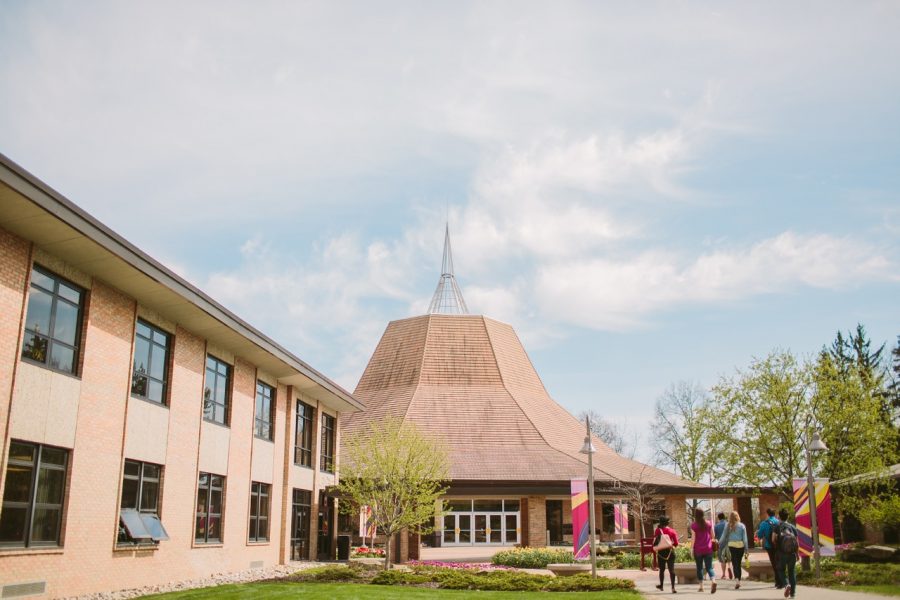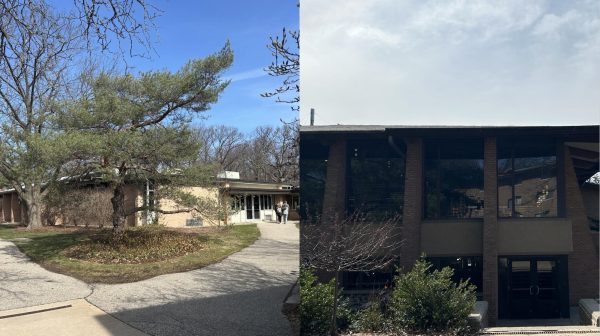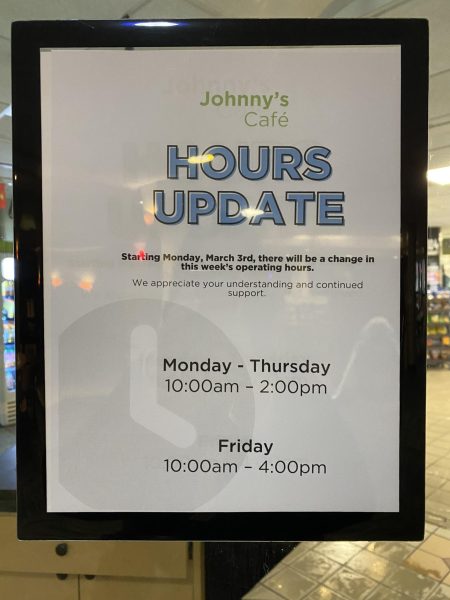Decreasing enrollment, higher yield
Continuing a six-year trend, the 2019 Day 10 report shows a decrease in FTIAC (first time in any college) students and total enrollment. The Day 10 report is an annual report released by the university providing data relating to fall enrollment and five to 10 year enrollment trends. The lower enrollment is paired with fewer students from the Christian Reformed Church, continuing a seven-year trend. Calvin also had fewer admits than last year, although 2018 saw a significant spike in FTIAC admits.
In the midst of decreasing enrollment, there are positive findings in the report.
Although enrolled numbers are down, the yield conversion rate is up from last year. The yield refers to the number of students who actually come to the school after being admitted. According to Vice President for Enrollment Strategy Lauren Jensen, in the context of current higher education, it is common for institutions to experience declining yield. Many of these factors are outside of Calvin’s control. “Incoming students apply to more schools,” Jensen said, so these students are choosing from more options than before, making the likelihood of choosing Calvin slimmer.
In 2018 the yield was 27.2; this year it jumped 2.6 % to 29.8. “That’s pretty unheard of,” Jensen noted.
Summer melt also decreased. This refers to the number of incoming students who made deposits and then decided either not to go to college or to attend a different institution. This year’s melt is the lowest in seven years, according to Jensen, who attributed the finding to new methods of connecting and communicating with students used by the enrollment division.
Increased number of visa denials for international students contributed to the melt numbers. According to Jensen, this is a national trend, involving multiple factors, and “our international team is working with those students.”
In addition, the number of AHANA students dipped this year. AHANA students identity as African-, Hispanic-, Asian-, and Native-American. Jensen said that they are seeking answers as to why the dip occurred, “because it is important for us to continue to increase our diversity and our AHANA representation,” she noted. Similarly, the university is carefully looking at causes that may have affected the decrease in transfer students.
Going forward, Jensen says, “Being called a university is going to help us with our global awareness. Audiences can better understand what Calvin currently has to offer.”
To increase enrollment, Jensen said, “Calvin University is focusing growth strategies on expanding our reach to new audiences through new offerings.”The full report is available on Calvin’s website.








DGH • Oct 7, 2019 at 7:27 pm
I think the college should be especially concerned by the declining enrollment of the children of its alumni.
As I look back to my Facebook feed from late August and September of this year, I saw that my Calvin friends from the late 1980s / early 1990s were dropping their kids off at University of Michigan, Northwestern and Villanova, among others. Not a single photo from move-in day at Calvin this year.